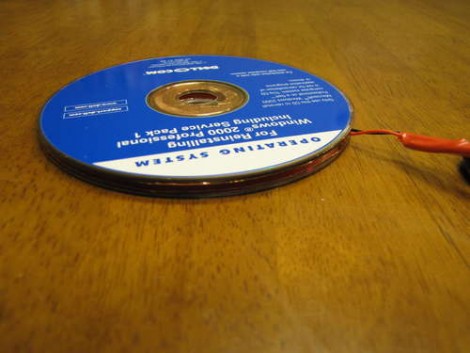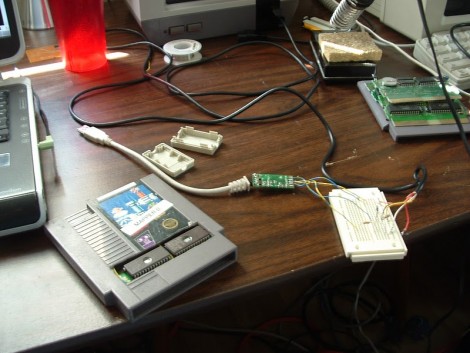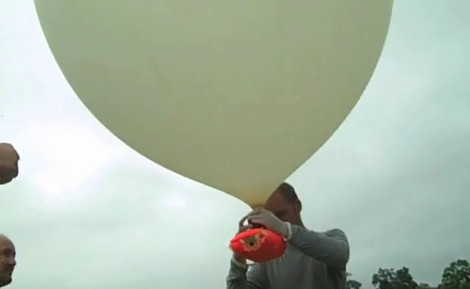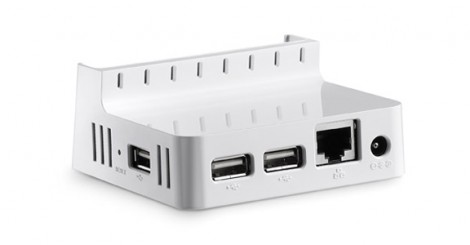
When you see $125 off something you probably assume it cost several times that to start with. Nope, this drastic discount leaves just $25 plus shipping. Use coupon-code: 2JLP-R4XRT3 when ordering the little rover. There’s a quick video snippet of it embedded after the break.
What you’ll get is a Stellaris ARM Cortex-M3 microcontroller on a board with a bunch of goodies.
- MicroSD slot
- USB host and device connectors
- I2C audio with speakers
- Ethernet connector
- 96×6 OLED display
- Motors
- Optosensors
- Bump detectors
As always, we want to hear about the hacks you come up with once you have this little guy in hand.
[update, the code is now expired]
[final update — Someone from TI explains what is going on.]
—- from the comments.
As some posts already note, the coupon code is only available to ESC Boston attendees. That said, we’re psyched about all of your interest and understand there seems to have been some confusion, so TI plans to fulfill all of the finalized orders to date. We’re working on some logistics in getting the code up and running again for ESC Boston attendees, but proof of ESC registration will be required. Stay tuned.
We hear you about the e-store and are working as quickly as possible to avoid issues in the future. Thanks for your patience.
Bottom line – we’re glad to see the excitement around EVALBOT and look forward to checking out your projects! We encourage you to share them on our e2e Forums at http://e2e.ti.com/
-Jean Anne Booth, Texas Instruments
——-
Continue reading “$125 Off The Evalbot Is A Steal” →

















